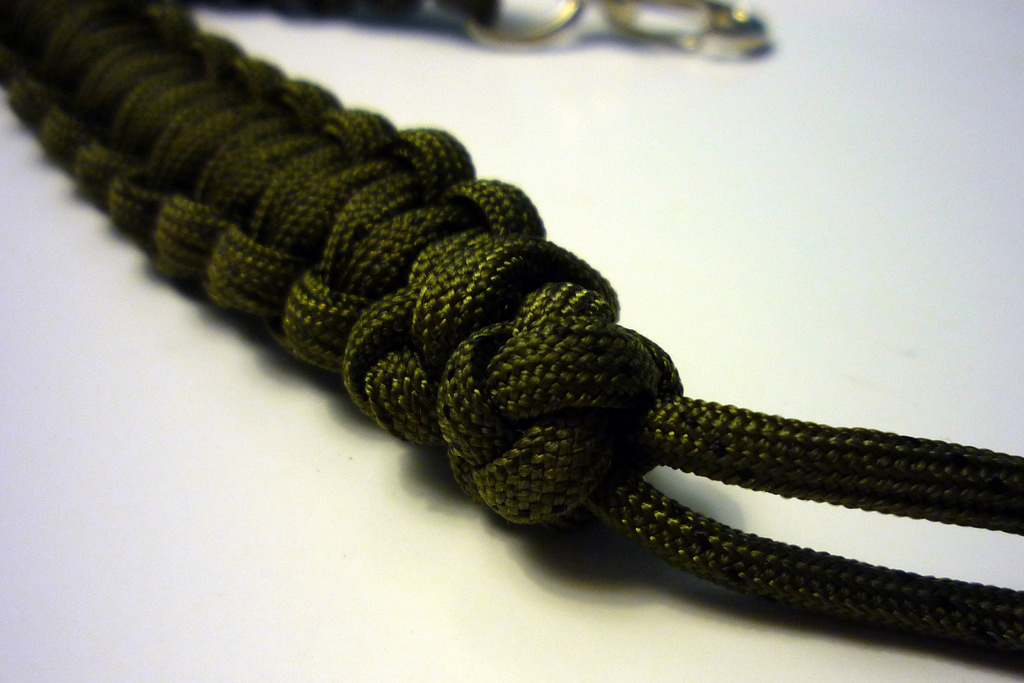
The other day, one of my kids got upset about some schoolwork in her least-favorite subject.
“You can do it,” I told her.
She stared at me.
I didn’t blame her. Talk is cheap.
So I posed a different question. “What’s the worst-case scenario if you fail?” I asked.
She told me, her eyes worried. She finds the current hurdle hard, so what about the next steps? What if they prove impossible?
I nodded. These are real worries, and so much like mine about other things: about writing, faith, and (my daughter might laugh) homeschooling and parenting.
I ask her another question. “Are there worse things that can happen if you don’t try?”
Armed with those questions, we pick up her fear like a little knotted cord and examine it more closely. Are the intractable problems actually slipknots in disguise, where if you tug, they come undone? What’s the hidden risk behind giving up?
After we get curious together for a while, she was ready to try again.
I have learned the hard way to ask these questions for myself. I know my fear’s contours and knots like an old friendship bracelet, because I examine it nearly every day.
“What’s the worst-case scenario if you fail?” I ask myself, over and over. “Are there worse things that can happen if you don’t try?”
These questions astonish me.
See, for a long time, I didn’t know you could be curious about your own fear. I didn’t know you could question it, examine it, learn from it. I thought it simply was, a wall, a cage, a weight pressing on your chest.
Fear seemed real, more real than anything else.
I did not know you demand it give a reason for its existence.
I’m over at the amazing Cara Meredith’s site today, talking about how fear turned out to have hidden messages—if I got curious enough to look at it closely. Won’t you join me there?
Image credit: mr.smashy


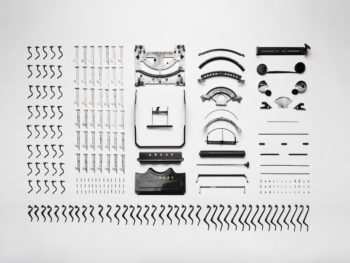
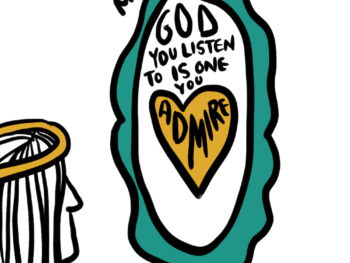
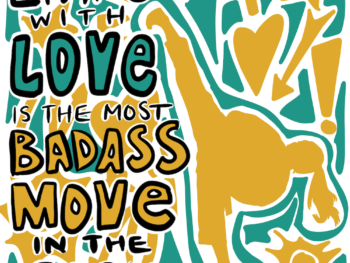

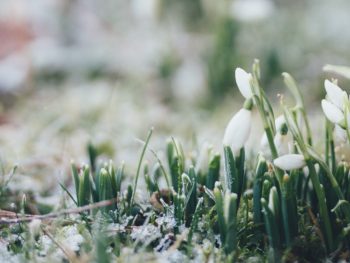
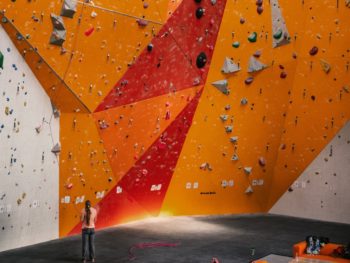
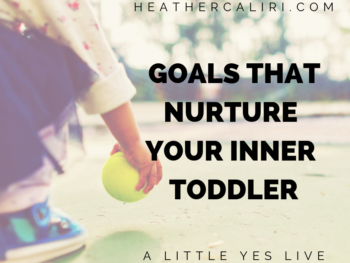
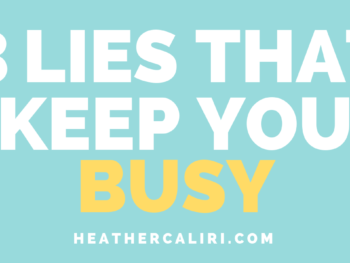
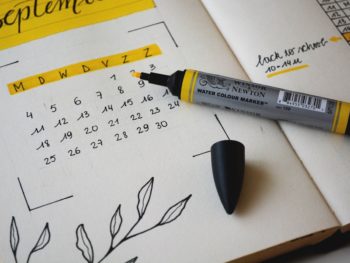
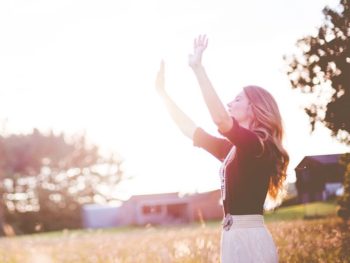
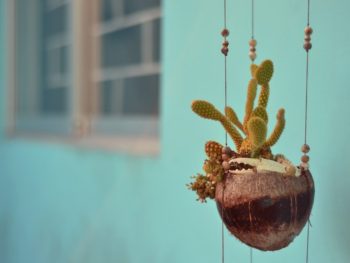
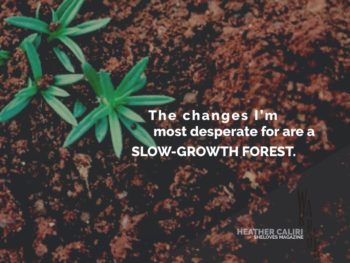
 Struggle With Self-Acceptance? Consider This.
Struggle With Self-Acceptance? Consider This.